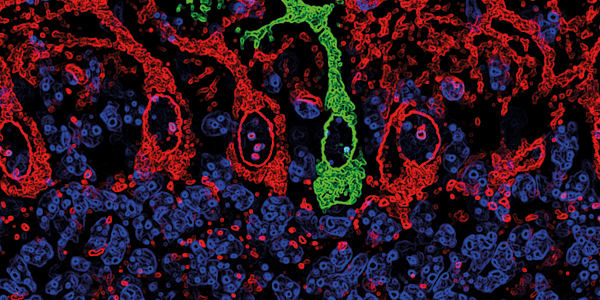
Analysis of beta-amyloid in the cerebrospinal fluid (CSF) is an increasingly common method for early diagnosis of Alzheimer’s disease (AD), and is seeing use in both clinical and research settings. But just how accurate are these tests? A reference method for harmonizing beta-amyloid measurement, developed by the International Federation of Clinical Chemistry and Laboratory Medicine (IFCC) Scientific Division Working Group on CSF proteins, has now been formally classified as the international standard, in order to address current issues with diagnostic testing.
Although several assays exist for measuring beta-amyloid in CSF, problems like matrix effects, different testing platforms, and a lack of defined standards, means these tests may not be directly comparable – affecting general cutoff measurements, and hampering interlaboratory comparisons of tests. The IFCC working group set out to solve the problem by developing a validated reference measurement procedure to reduce the variability in AD biomarker results. “The primary use of this test will not be in general laboratories. It will be used in specialized laboratories to measure the absolute concentration of beta-amyloid 1-42 in certified reference materials that will be used by commercial kit producers to calibrate their assays,” says Henrik Zetterberg, a member of the working group, and co-author of the associated paper (1). “The main benefit is that the method is not dependent on antibodies – it is a mass spec-based assay in which the CSF sample is denatured, liberating all beta-amyloid 1-42 and making it accessible to measurement. The denaturing step prior to analysis makes us certain that no beta-amyloid 1-42 escapes our detection,” he adds. The reference materials based on the method will be made available to the producers of AD testing kits at a not-for-profit cost, via the Institute of Reference Materials and Measurements in Belgium.
References
- A Leinenbach, et al., “Mass spectrometry-based candidate reference measurement procedure for quantification of amyloid-β in cerebrospinal fluid”, Clin Chem, 60, 987–994 (2014). PMID: 24842955.




